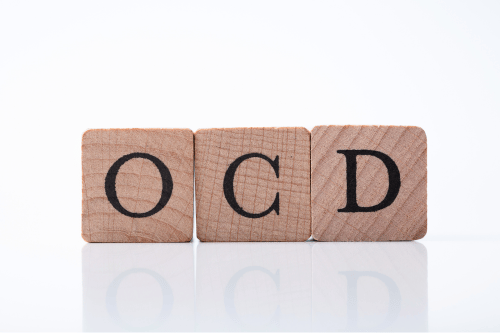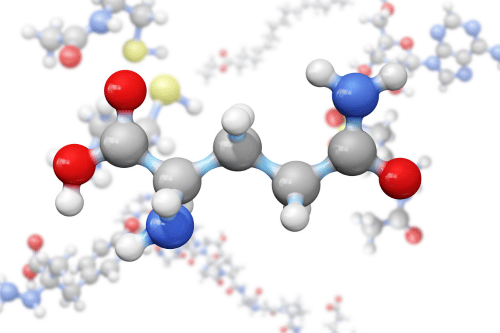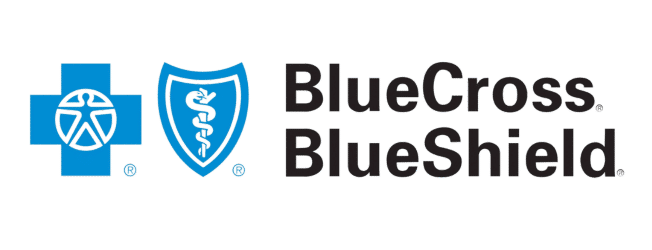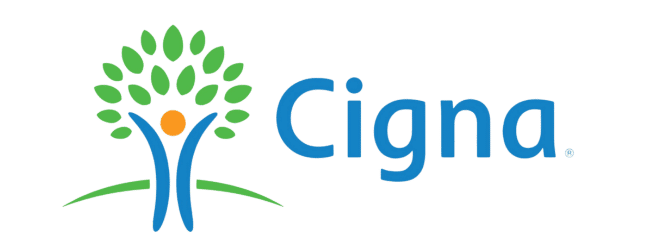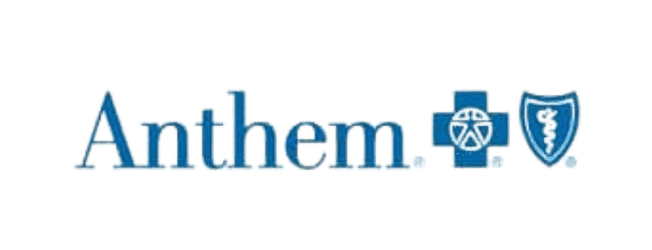NAC for OCD: Explore how this Glutamate-Modulating Agent is used for Obsessive-Compulsive Symptoms
Understanding OCD and OCRD
Obsessive-compulsive disorder is a chronic neuropsychiatric disorder marked by obsessions—recurrent, intrusive thoughts—and compulsions—ritualistic behaviors aimed at reducing distress. This psychiatric disorder affects both children and adults, disrupting daily routines and relationships. The lifetime prevalence of OCD is around 2.3%, with many cases being classified as moderate-to-severe obsessive-compulsive disorder.
Common Symptoms
Common symptoms include repetitive behaviors such as excessive cleaning, counting, checking, and avoidance of feared situations. Individuals may experience disturbing mental images and overwhelming anxiety. These symptoms are commonly tracked using tools like the Yale-Brown Obsessive Compulsive Scale (Y-BOCS).
Obsessive-Compulsive Related Disorders (OCRD)
Obsessive-compulsive related disorders (OCRDs) include trichotillomania, excoriation disorder (skin picking), and hoarding disorder. These psychiatric conditions share underlying features with OCD, such as impaired impulse control and compulsive behaviors. Tennessee Behavioral Health offers outpatient treatment for both OCD and OCRDs, including therapeutic interventions and medication management.
N-Acetylcysteine (NAC): An Overview
What is NAC?
N-acetyl cysteine (NAC) is a derivative of the amino acid L-cysteine, used as a mucolytic agent and in the management of acetaminophen overdose. Recently, it has gained attention for its potential in treating various mental disorders, including obsessive-compulsive disorder, bipolar disorder, depressive disorder, and generalised anxiety disorder.
Biological Role of NAC
NAC plays a role in restoring levels of glutathione, a powerful antioxidant that reduces oxidative stress in the brain. It supports detoxification and enhances cellular health. NAC also provides the amino acid cysteine, which supports neurological function in psychiatric disorders.
Traditional Uses of NAC
Traditionally, NAC has been used in respiratory medicine and liver detoxification. However, emerging clinical evidence shows its potential benefit in a range of psychiatric conditions, including treatment-resistant obsessive-compulsive disorder. It is currently being investigated in numerous randomized, double-blind, placebo-controlled trials for mental health use.
NAC’s Mechanism of Action in the Brain
How NAC Affects Neurotransmitters
NAC modulates glutamate, a key neurotransmitter involved in learning, memory, and behavior. Excessive glutamate in brain regions like the nucleus accumbens has been linked to compulsions. By modulating glutamate exchange, NAC improves neurochemical balance.
NAC’s Impact on Glutamate Levels
NAC decreases extracellular glutamate in the nucleus accumbens, a brain region linked to reward and compulsive behavior. It functions as a glutamate modulator—a promising strategy for managing refractory obsessive-compulsive disorder. These effects support its classification as a promising agent in glutamate-modulating treatment models.
Influence of NAC on Oxidative Stress
Elevated oxidative stress is common in mental disorders such as OCD and bipolar disorder. NAC, through increased glutathione production, reduces neuronal inflammation and enhances cognitive clarity. This mechanism is linked to NAC’s therapeutic effects in adjunctive therapy across multiple psychiatric conditions.
Research and Clinical Trials on NAC for OCD
Key Studies and Their Findings
Grant et al. published a randomized, double-blind, placebo-controlled clinical trial showing that NAC significantly reduced OCD symptoms. A 16-week, double-blind, randomized, placebo-controlled study confirmed these findings using the Y-BOCS score as a primary measure. Participants with treatment-resistant obsessive-compulsive disorder showed the greatest benefit.
Meta-Analysis and Systematic Reviews
A systematic review and meta-analysis of NAC’s use in compulsive disorder found moderate improvement across multiple clinical trials. Researchers including BERK M, Dean O, Camfield D, OLIVER G, and Sarris J reported NAC’s benefits in Curr Opin Psychiatry and Aust N Z J Psychiatry. These reviews support NAC’s role in N-acetylcysteine augmentation for psychiatric care.
Anecdotal Evidence and Patient Testimonials
Patients using NAC have reported improvements in obsessive thoughts, decreased rituals, and better emotional regulation. These subjective accounts support ongoing current trials investigating NAC’s efficacy. While not a substitute for SSRIs or cognitive-behavioral therapy, NAC has become a common adjunctive treatment.
Comparing Traditional vs. NAC for OCD Treatments
Standard Medications for OCD
First-line treatments for OCD include selective serotonin reuptake inhibitors (SSRIs) such as fluoxetine, fluvoxamine, and sertraline. These medications target serotonin but may not be fully effective in inhibitor-refractory obsessive-compulsive cases. Cognitive-behavioral therapy (CBT) remains a key non-pharmacological intervention.
Effectiveness of NAC vs. SSRIs
NAC is not a standalone therapy but works well as an N-acetylcysteine add-on treatment. SSRIs impact serotonin, while NAC targets glutamate regulation, making the combination a powerful option. This dual approach is used in augmentation in serotonin reuptake strategies for moderate-to-severe obsessive-compulsive disorder.
Benefits and Drawbacks of Combining Treatments
Combination therapy using NAC and SSRIs may reduce the CY-BOCS total score more effectively than SSRIs alone. However, careful monitoring is required to manage mild side effects and adverse effects. At Tennessee Behavioral Health, we tailor these combinations based on individual response and severity.
Practical Considerations for Using NAC
Recommended Dosages for OCD
Doses between 2,400 mg and 3,000 mg per day are common in adults. Split dosing, such as 1,200 mg twice daily, is often used in trials. Positive outcomes often appear by week 12 in double-blind, placebo-controlled studies.
Safety Profile and Potential Side Effects
NAC is generally safe and well-tolerated. Mild side effects include gastrointestinal discomfort, nausea, and headache. In rare cases, skin rashes or dizziness may occur.
Interactions with Other Medications and Nutraceuticals
NAC may interact with anticoagulants or psychiatric medications like clozapine or SSRIs. It’s also used with nutraceuticals in integrative mental health. Clients at Tennessee Behavioral Health are assessed for all potential interactions before starting adjunctive therapy.
NAC Use in Pediatric OCD
Efficacy of NAC in Children and Adolescents
Pediatric studies using the Children’s Yale-Brown Obsessive-Compulsive Scale (CY-BOCS) show that NAC improves symptoms in children. It has also shown effectiveness in pediatric trichotillomania and skin-picking disorders. These findings are supported by trials using the Psychiatric Institute Trichotillomania Scale and the Massachusetts General Hospital Hair Pulling Scale.
Dosage Guidelines for Pediatric Use
For children, dosages typically start at 600 mg twice daily and can be adjusted based on weight and clinical response. Clinical monitoring includes tools like the Beck Anxiety Inventory and Hamilton Anxiety Rating Scale. Safety and tolerability are good when used under medical supervision.
Safety Considerations in Young Populations
Children may have different metabolic profiles and sensitivities. Close monitoring is essential for adverse effects and effectiveness. Tennessee Behavioral Health offers outpatient pediatric OCD treatment and coordinates closely with caregivers and pediatricians.
NAC and Comorbid Conditions
NAC for Trichotillomania
NAC has been effective in reducing hair-pulling behaviors in both adults and youth. Grant JE and colleagues demonstrated improvement using NAC in a double-blind, placebo-controlled trial. This supports NAC’s role in managing compulsive disorder subtypes.
Effectiveness in Nail-Biting and Skin-Picking Disorders
These behaviors fall under obsessive-compulsive related disorders (OCRD). NAC has been shown to reduce the frequency and intensity of repetitive behaviors like nail-biting and dermatillomania. These improvements contribute to better functioning and reduced distress.
NAC’s Role in Other Mental Health Conditions
Beyond OCD, NAC shows promise in attention deficit hyperactivity disorder, bipolar disorder, and anxiety symptoms. It affects cerebrospinal fluid levels of glutamate and has shown behavioral improvements in animal models, such as behavior in mice studies. Brain imaging confirms changes in the accumbens on neurotransmission, offering insights into NAC’s broader use across psychiatric conditions.
Accessibility and Availability of NAC
Over-the-Counter Accessibility
NAC is available in capsule and powder form at health stores and online. It is currently regulated as a supplement in the United States. However, access may vary based on FDA actions concerning its classification.
Regulations and Legal Considerations
There have been discussions on whether NAC should be classified as a pharmaceutical rather than a dietary supplement. Although still available, future legal considerations may affect its accessibility. Tennessee Behavioral Health helps clients stay informed about regulatory changes.
Challenges and Considerations for Users
Quality and dosage can vary across brands. Patients should choose NAC products tested for purity and consistency. At Tennessee Behavioral Health, we offer guidance on trusted sources and help track symptom changes through tools like the Quality of Life Inventory.

FAQ's
Yes, NAC can be taken without food, but some people report fewer side effects when taken with a meal.
NAC has a shelf life, typically 1–2 years. Keep it sealed and stored away from heat and moisture to maintain potency.
In the U.S., NAC is available over the counter, but you should still consult a healthcare provider before using it for OCD.
Current research supports safe use for up to 16 weeks, but long-term data is still limited. Regular check-ins with a provider are advised.

